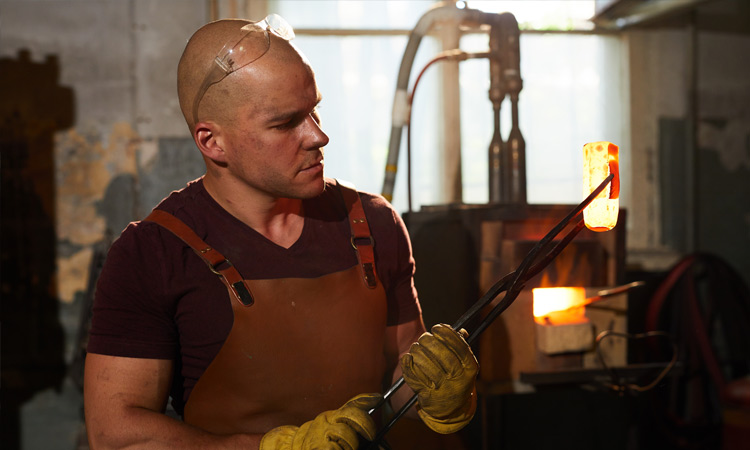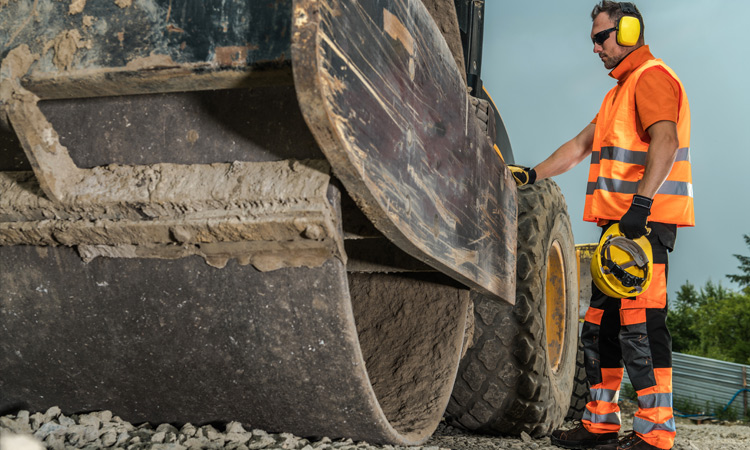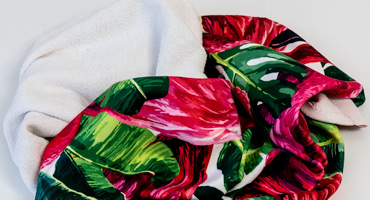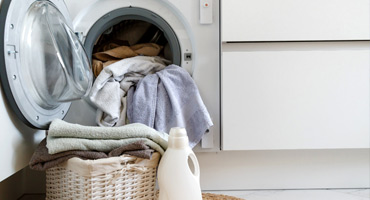Types of fabrics that keep you cool
Today we look at workwear that comes to the rescue in summer, offering protection and comfort while keeping you as cool as possible. Wearing the right clothing for high temperatures and humid conditions will help your employees stay optimally comfortable even during the hottest summers.
The type of material used in workwear determines whether an employee working in conditions of increased heat will feel it much less. Remembering that comfort for employees is very important, we present the best materials ideal for manufacturing professional clothing for employees working in severe heat. Here are some of the best options: - Cotton - this classic choice has long been a summer staple. Cotton is a very breathable fabric, providing adequate air circulation. It effectively absorbs sweat, keeping the wearer cool and comfortable.
– Polyester – Polyester is one of the most commonly used materials for microfiber fabrics. This synthetic material is not only well-known for its durability, but it is also a preferred material due to its ability to wick moisture away from the skin.
– Polyester Blends – While polyester is great, when combined with other fibers it becomes an even more effective cooling material. One of the most popular combinations for cool and comfortable clothing is polyester and cotton. Poplin, a type of fabric usually made of polyester and another type of fiber (e.g. silk, wool, other synthetics), is a popular choice for workwear due to its breathability, water resistance, and lightweight properties.

Fabric weights for summer
Generally speaking, the lighter the material your work trousers or work shorts are made from, the more comfortable they will be in the summer. Often, lightweight materials have the same “strength” as heavy ones – the main difference is in the internal temperature.

Impact on health
Working in hot conditions has far more serious consequences than just reduced productivity. Too much heat in extreme situations can strain the heart and lungs and cause painful muscle spasms. However, one of the more common, but certainly no less dangerous, consequences of working in hot conditions is reduced concentration, which in turn increases the risk of injuries and accidents at work. This problem is not limited to industrial and outdoor workplaces – it is also a common problem in workrooms. In addition to making sure that there are common solutions to combat heat stress (e.g. air conditioning, water supply, etc.), it is important to choose workwear and fabrics that keep employees cool.
What are the benefits of making the right choice when it comes to materials?
– Reduced fatigue,
– Increased productivity,
– Improved personal safety,
– Company branding/reputation,
– Durability,
– Increased visibility,
– Better wear for sensitive skin types,
– Adaptability,
– Reduced injuries,
– Enhanced workplace safety culture






